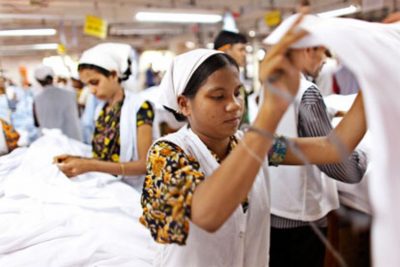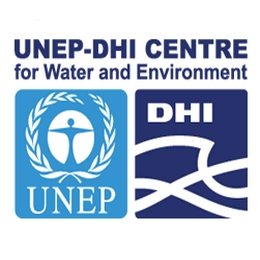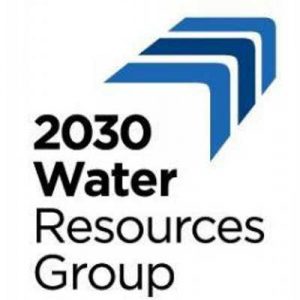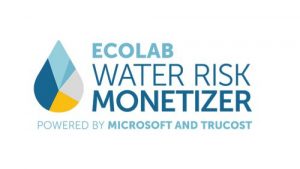Primary Functions
-
Understand the implications of inadequate supportive workplace environments for menstrual hygiene management for girls’ and women’s health and wellbeing.
Detailed Description
The potential menstrual hygiene management barriers faced by adolescent girls and women in workplace environments in low- and middle-income countries has been under addressed in research, programming and policy. Despite global efforts to reduce poverty among women in such contexts, there has been insufficient attention to the water and sanitation related barriers, specifically in relation to managing monthly menstruation, that may hinder girls’ and women’s contributions to the workplace, and their health and wellbeing.
There is an urgent need to document the specific social and environmental barriers they may be facing in relation to menstrual management, to conduct a costing of the implications of inadequate supportive workplace environments for menstrual hygiene management, and to understand the implications for girls’ and women’s health and wellbeing. This will provide essential evidence for guiding national policy makers, the private sector, donors and activists focused on advancing girls’ and women’s rights.
Despite a growing body of literature on the water and sanitation related challenges facing menstruating girls and female teachers in schools in low- and middle-income countries (LMIC), evidence about adolescent girls’ and women’s menstrual hygiene management (MHM) in the workplace remains limited.
To effectively manage their menstruation, adolescent girls and women require access to water, sanitation and hygiene (WASH) facilities, affordable and appropriate menstrual hygiene materials and services for their disposal, information on good practices, and a supportive environment where they can manage menstruation without embarrassment or stigma.
Donors and development agencies are increasingly focusing on girls and women in their efforts to eradicate poverty. However, the provision of adequate, private, clean, and safe toilets, sources of water, and disposal systems, ensuring sufficient toilet breaks and defining how existing WASH inadequacies impact girls’ and women’s health and productivity in workplace environments have been neglected. Lack of facilities for girls and women is a rights, equity, wellbeing, and health concern, and this commentary examines the unmet needs and policy implications as a contribution to this journal’s anniversary issue.





